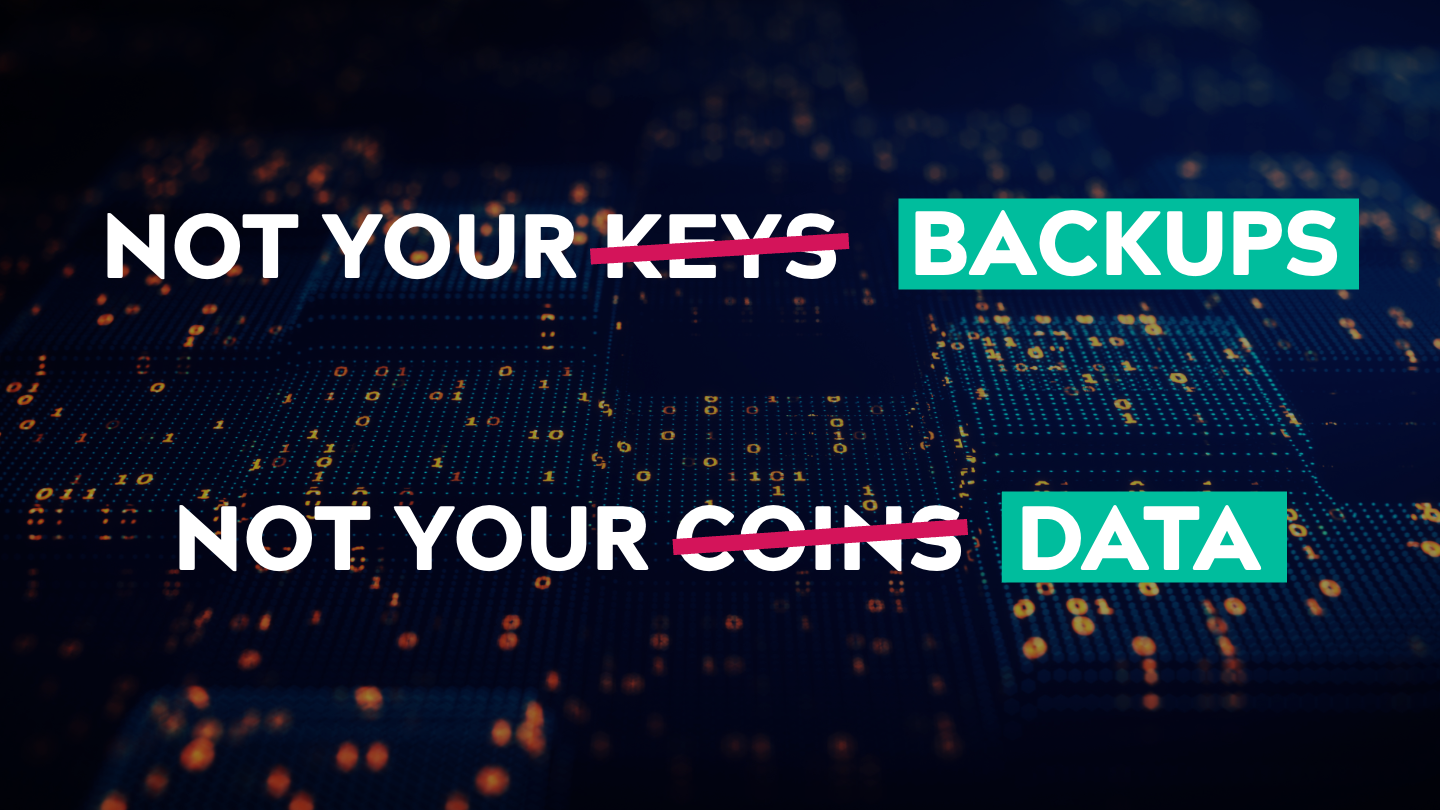
Over the last few months it’s been amazing sharing Corso with more and more users. One pleasant surprise has been users who are operating in large, often multi-tenant deployments of Microsoft 365 who want to use Corso to back up all their data. In our discussions on the Corso User Discord, we’ve found some best practices for backing up large Exchange mailboxes with Corso.





